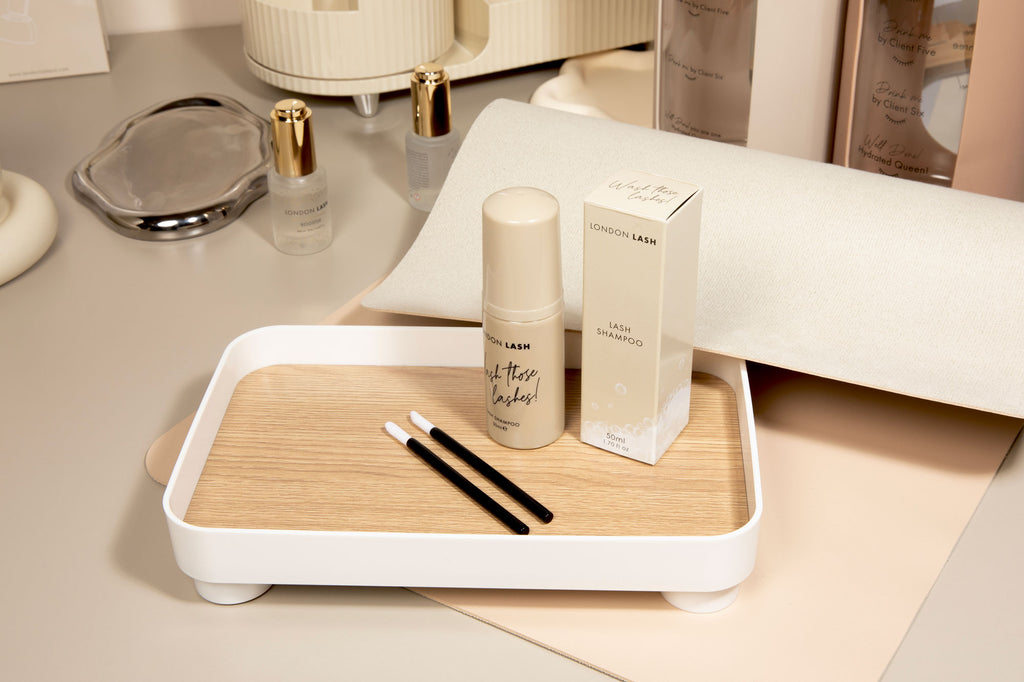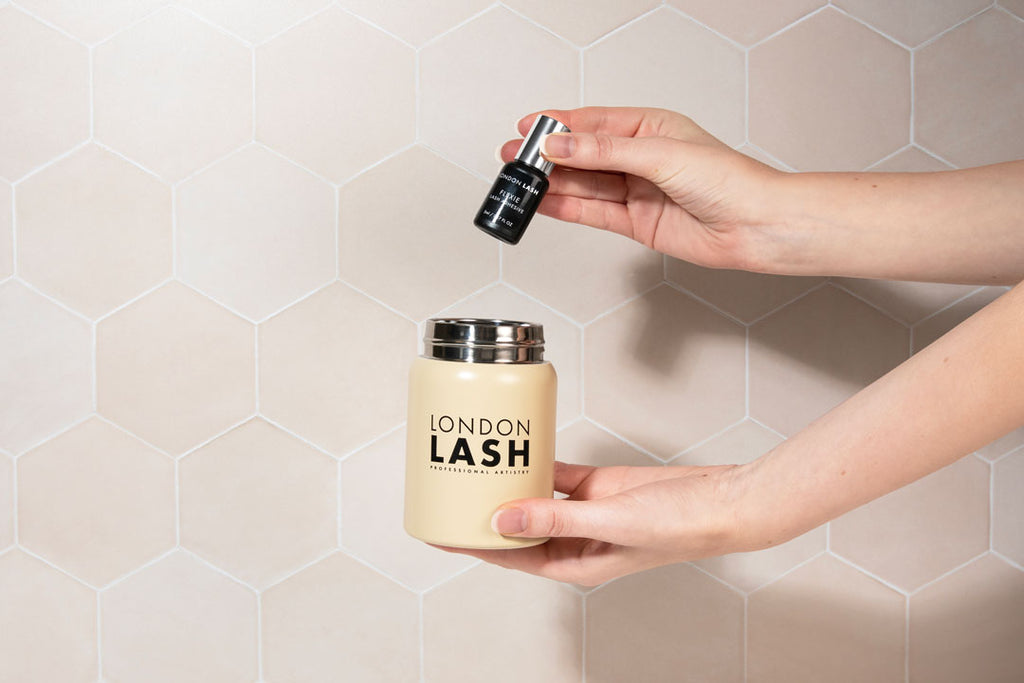FREE STANDARD SHIPPING FOR ORDERS OVER $170!
FREE STANDARD SHIPPING FOR ORDERS OVER $170!
New In
Glues & Liquids
Eyelash Extensions
ACCESSORIES
Ebooks
How Winter Affects Your Lash Glue
April 27, 2024 3 min read

Winter Woes? Snow Thank You! Protect Your Lash Glue and Client Satisfaction.
The winter months bring an extra set of challenges for Lash Technicians. The drop in temperature affects the performance of lash adhesives, which could have an impact on your lash retention, and by extension, your client satisfaction. Understanding these seasonal effects can help you maintain impeccable service year-round. So, what can you do to minimise the impact of cold and humid weather on your lash glue, and what other challenges might you face during the winter?
Client Skin Changes
As the cold sets in, the most noticeable change occurs in your clients' skin. Winter air is drier and harsher, significantly affecting skin moisture levels. This dryness can make the lash glue take longer to set, increasing the risk of leaning lashes or even stickies. To combat this, consider using Booster as the final stage of your lash prep routine to accelerate your glue’s drying time, and to make the lashes rougher, giving the glue more to bond with.
Conversely, clients might use heavier moisturisers to counteract dryness, leading to oilier eyelids. In turn, any oils or residues on the skin around the eyes will actually prevent your eyepatches from staying in place, and any oils or residues on the lashes will prevent your lash glue from forming a strong bond between the extensions and the natural lashes.
A thorough lash prep routine to cleanse the lashes and eye area can mitigate this issue, and clients can be advised to try and avoid oil-based creams directly around their eyes. Oils won’t break down lash glues, but they can come between the glue bond and the natural lashes, causing the extensions to slide right off!

Adjusting Adhesive Properties
Different adhesives react in different ways to temperature changes. For instance, if you typically use a slower-setting glue like Lady Bond, switching to a quicker-setting option like Flexie can significantly improve lash application during colder months.
A versatile adhesive like Royal Bond might be the best choice for environments with significant temperature swings, as it can better adapt to huge fluctuations in humidity, though being a very rapid glue, it’s best to ensure you will be able to work with it without it affecting your retention times.
Glue Storage Woes
Proper storage of lash adhesive is critical all the time, but especially in winter! Low nighttime temperatures can cause the glue to thicken, making it difficult to work with the following day. If temperatures go low enough, it can be similar to storing your lash glue in the fridge, which you should always avoid after you've opened it, as this can cause condensation to build up inside the bottle, leading to your lash glue curing and not being usable.

Assuming your glue has just cooled to the point of being cooler, it will feel a little thicker than normal. Thicker glue not only means a more challenging application but can also lead to stickies in your lash set, which are uncomfortable for the client and can cause damage to their natural lashes.
To prevent this, keep your adhesives in a stable, room-temperature environment. If you work from a salon, consider taking your glue home with you in the evenings if your salon gets very cold overnight, and never leave your glue in the car at night.
Managing Humidity and Heating
Central heating systems can dry out the air in your work environment, mimicking the arid outdoor conditions and slowing down your glue’s drying time. This situation can be particularly challenging because it prolongs drying times unpredictably, leading to lashes leaning to the side and generally slowing down your treatment times.
To manage this, introduce a humidifier in your workspace to maintain optimal humidity levels, ensuring that you check that it is suitable for the size of your workspace.
Alternatively, placing a damp towel over a radiator or using moisture-enhancing techniques like primer applications throughout the set can help maintain balance.
By staying informed and adjusting your techniques and products according to the season, you can ensure that your lash services remain top-notch throughout winter. Your attention to detail and adaptability will keep your clients returning, no matter the weather.
Check out these featured products
Subscribe
Sign up to get the latest on sales, new releases and more …


















